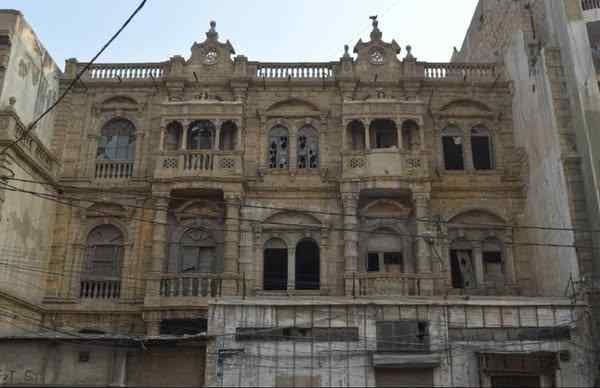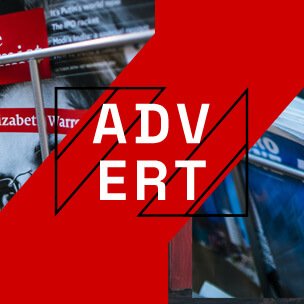Contents
KARACHI: Alarmed by the deteriorating condition of hundreds of historical buildings, the Sindh government has decided to launch a comprehensive reassessment of all 3,371 structures previously declared as “Protected Heritage” under the 1994 Sindh Cultural Heritage (Preservation) Act.
The move, approved during a provincial cabinet meeting chaired by Chief Minister Syed Murad Ali Shah, comes after recent findings indicated that many of these sites have suffered extensive structural damage—some to the point where they may now pose safety risks and have lost key elements of their historical or architectural value.
Committees of Experts to Lead Heritage Review
In response, the cabinet has greenlit the formation of expert committees tasked with inspecting these properties across the province. These panels will include specialists in fields like conservation, architecture, structural engineering, urban planning, and history. Their mandate: re-evaluate the heritage status of each listed site and advise the government on whether these should remain protected, be re-categorized, or removed from the list entirely.
The government has allocated Rs20 million to support this project. The decision reflects growing concern over the preservation of cultural assets, especially those left to decay due to private ownership neglect, unapproved modifications, and environmental wear.
Past surveys—most notably by NED University in 2008–09 and a departmental re-survey in 2017–18—had cemented the protected status of these 3,371 sites. But officials say a fresh review is overdue.
IBA-Sukkur to Handle Medical Entry Test Amid New MDCAT Policy
In another key decision, the cabinet finalized a new admissions policy for MBBS and BDS programs across Sindh. Following directions from the Sindh High Court and in line with the PMDC Act, 2022, the province has assigned the Sukkur IBA Testing Agency (SIBA) to conduct the MDCAT for this year.
However, this appointment is not permanent. Future testing bodies will be selected based on performance, and the health department retains the right to assign the task to medical universities directly. A supervisory committee will be formed to oversee the process, ensuring transparency and adherence to national standards.
The new policy enforces several eligibility measures, including mandatory Sindh domicile, biometric verification, and juvenile card validation. Colleges are also required to publish seat distribution in an Annual Prospectus, which cannot be altered later by admitting institutions.
CNIC-Linked Vehicle Registration Approved in Principle
Sindh is also preparing to overhaul its vehicle registration process with a modern, CNIC-based system aimed at improving traceability and aligning with international best practices.
Currently tied to a vehicle’s chassis number, the new registration system will instead link vehicle records directly to the owner’s CNIC. This means personalised registration numbers (PRMs) can now move with the owner—even if the vehicle is sold—while the Vehicle Identification Number (VIN) remains fixed to the chassis.
This change not only simplifies ownership tracking but also improves tax monitoring and data integration. The cabinet gave “in-principle” approval to the legal amendments required for this system and instructed the Excise and Taxation Department to begin development and pilot testing before full rollout.
Change in Eligibility for Education Board Chairpersons
Lastly, the cabinet amended the Sindh Boards of Intermediate and Secondary Education (Amendment) Act, 2025, allowing BS-19 and BS-20 officers to be appointed as Chairmen of education boards across the province. Previously, only BS-21 officers were eligible.
This change aims to address staffing shortages and enhance administrative efficiency. The appointed chairmen will continue to serve three-year terms and can be reappointed. The education department retains the flexibility to appoint through either transfer or direct recruitment.
These developments signal the provincial government’s effort to modernize governance systems while preserving Sindh’s cultural legacy—though the real test will lie in implementation and sustained oversight.


